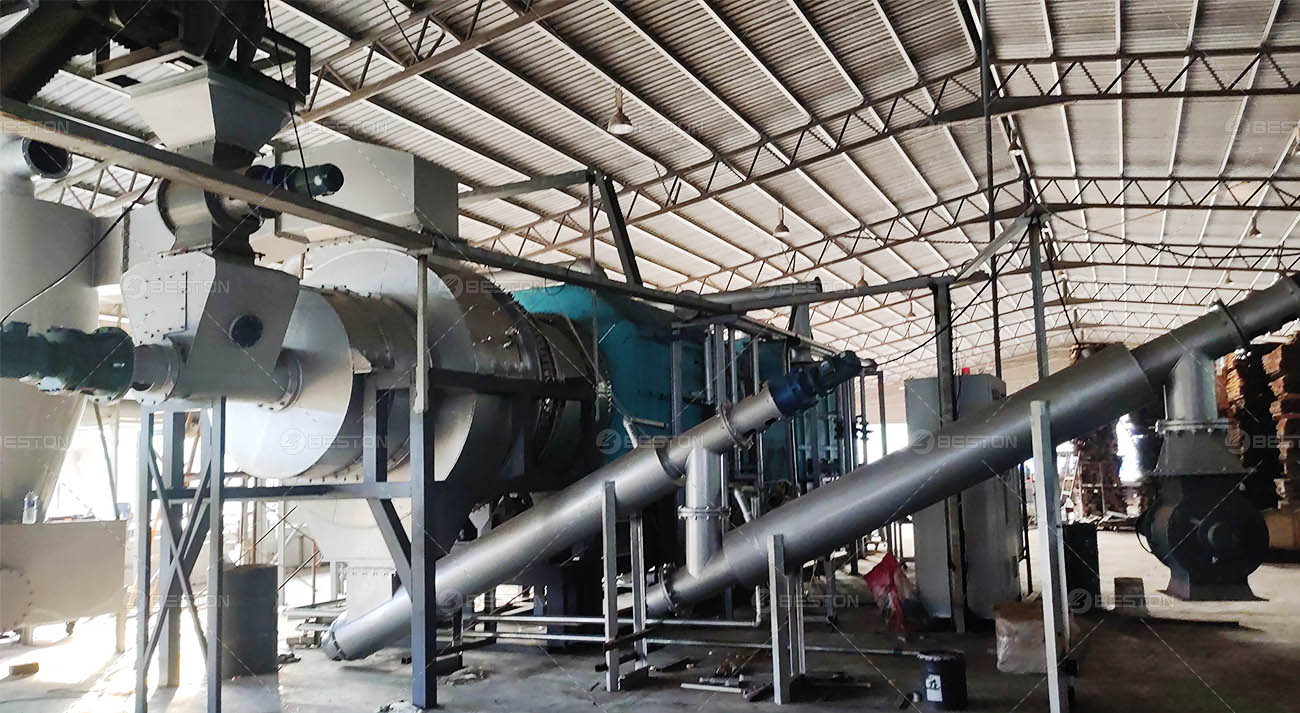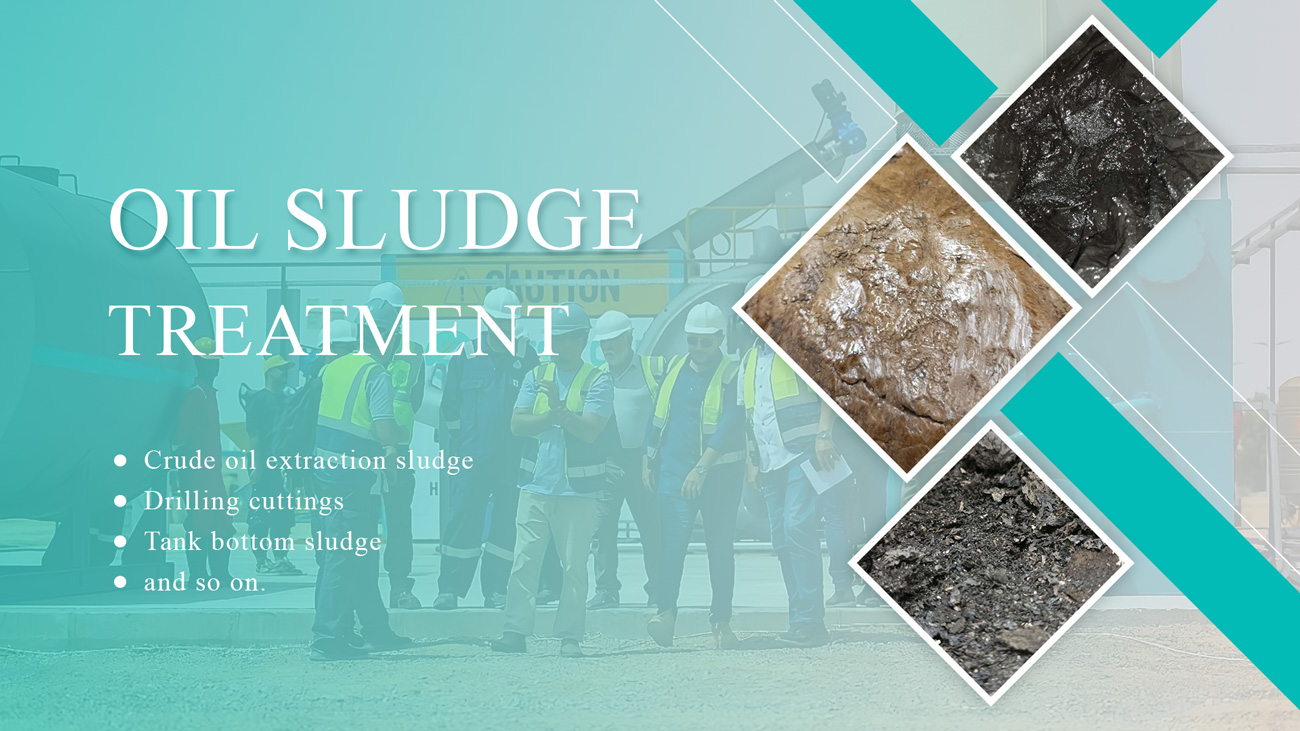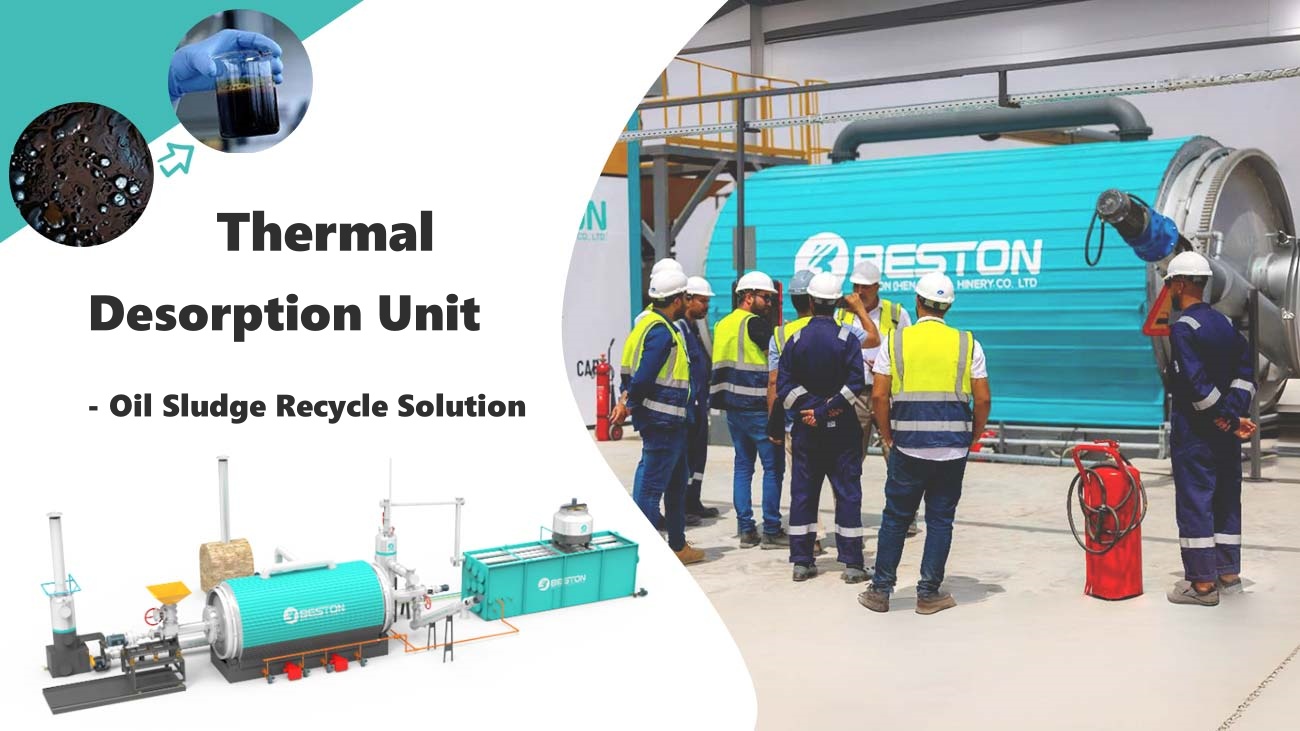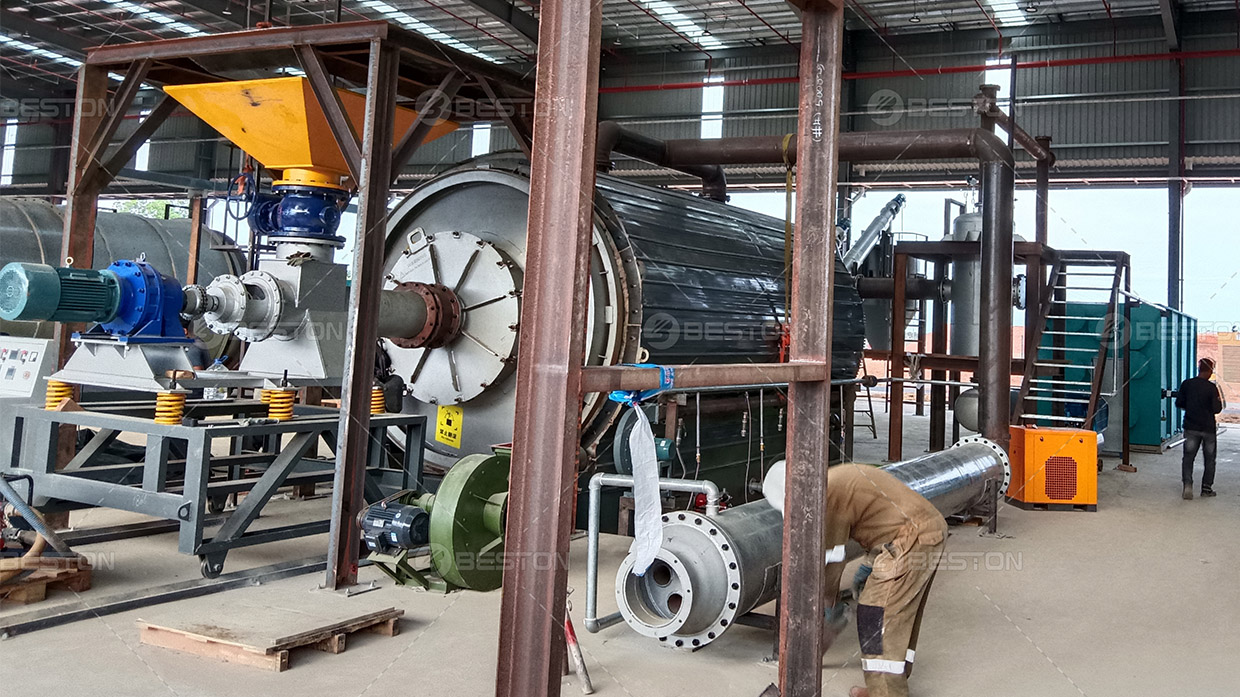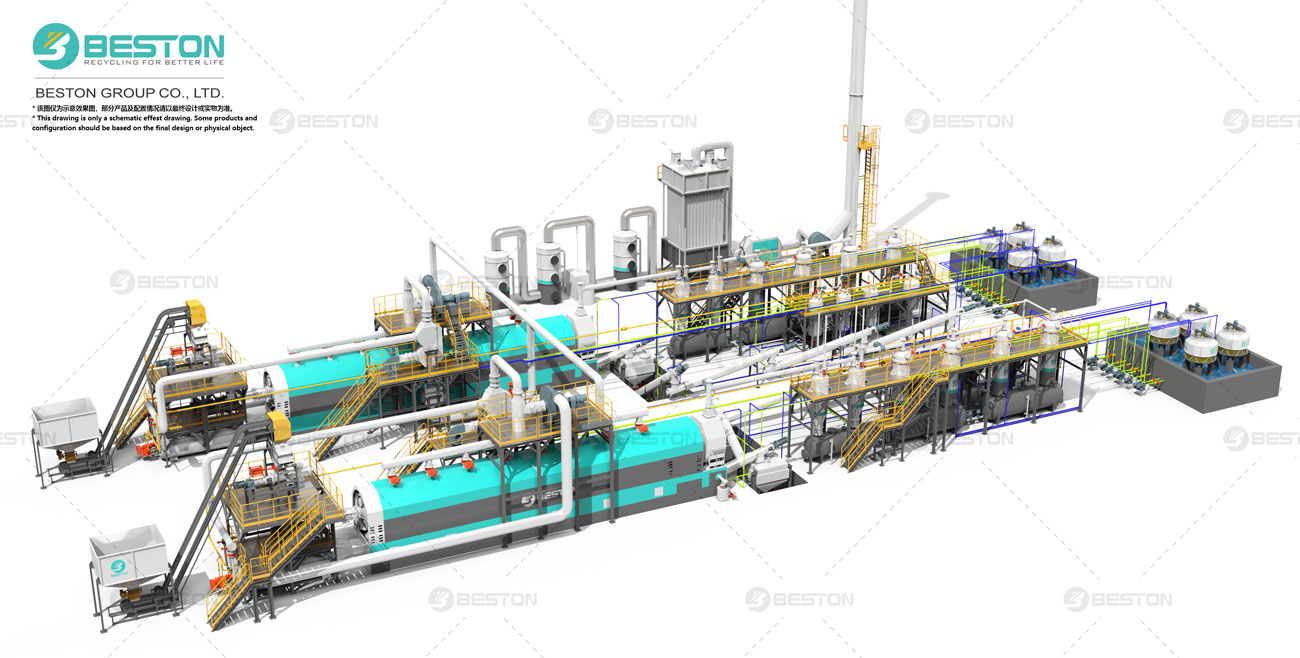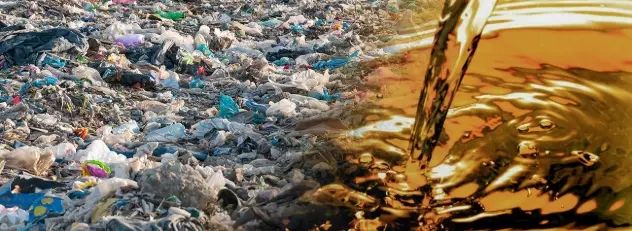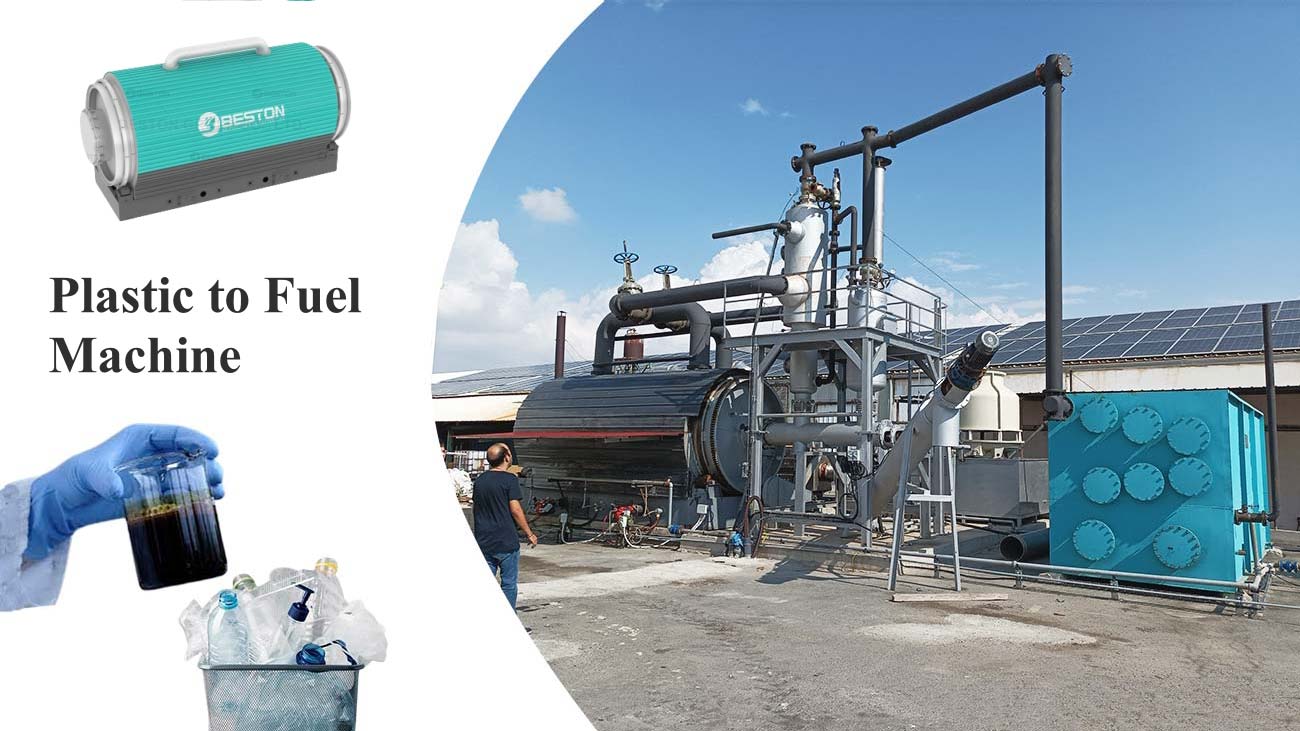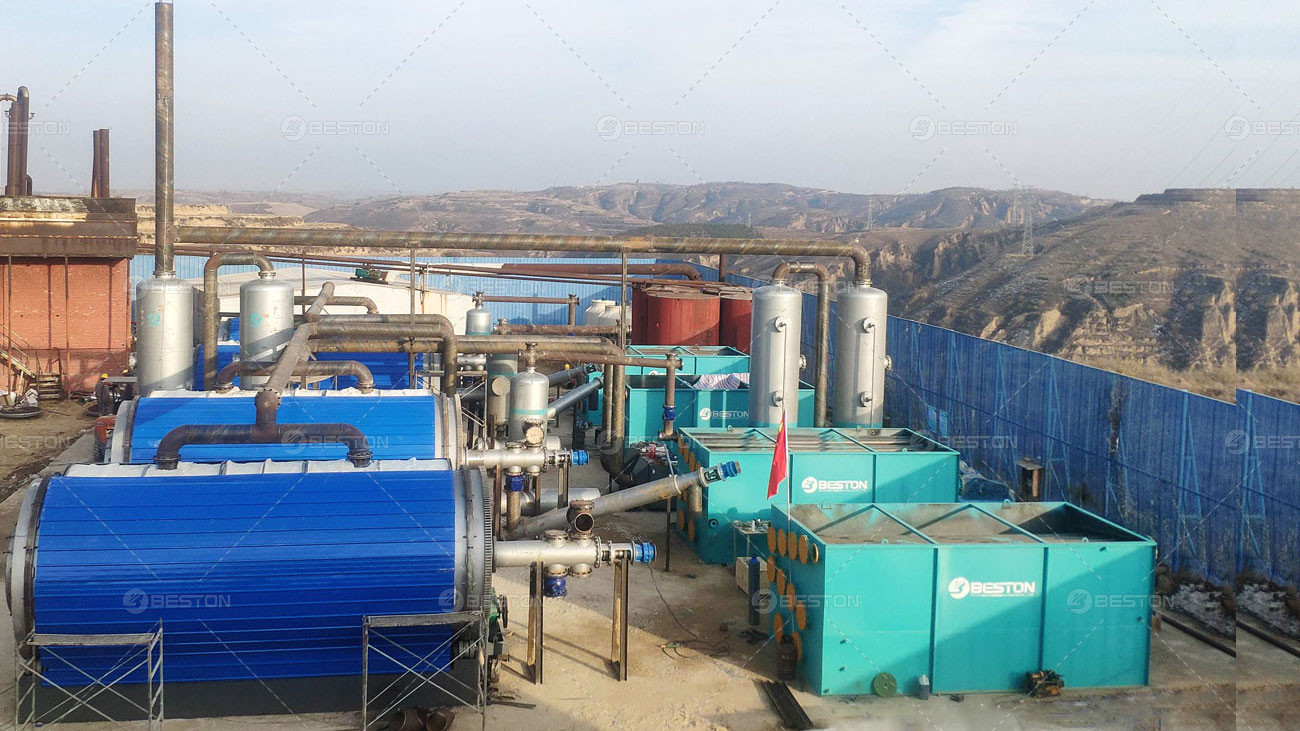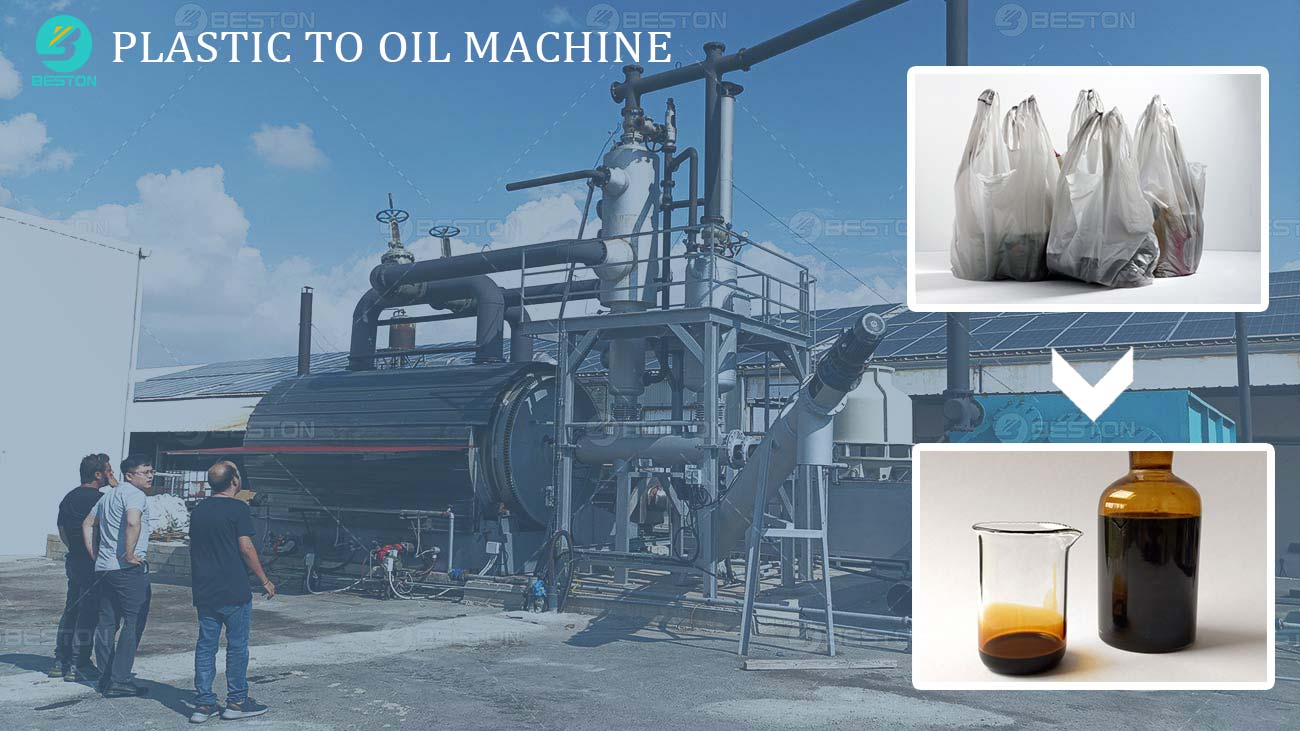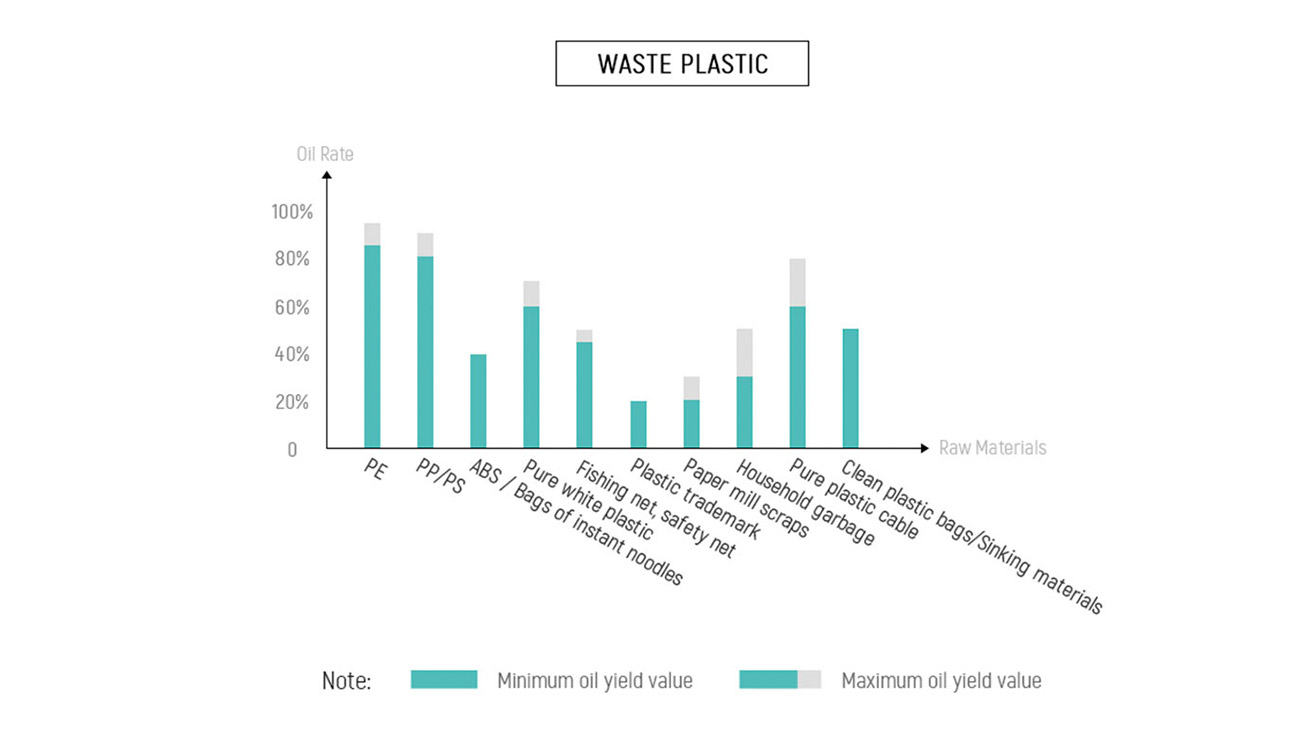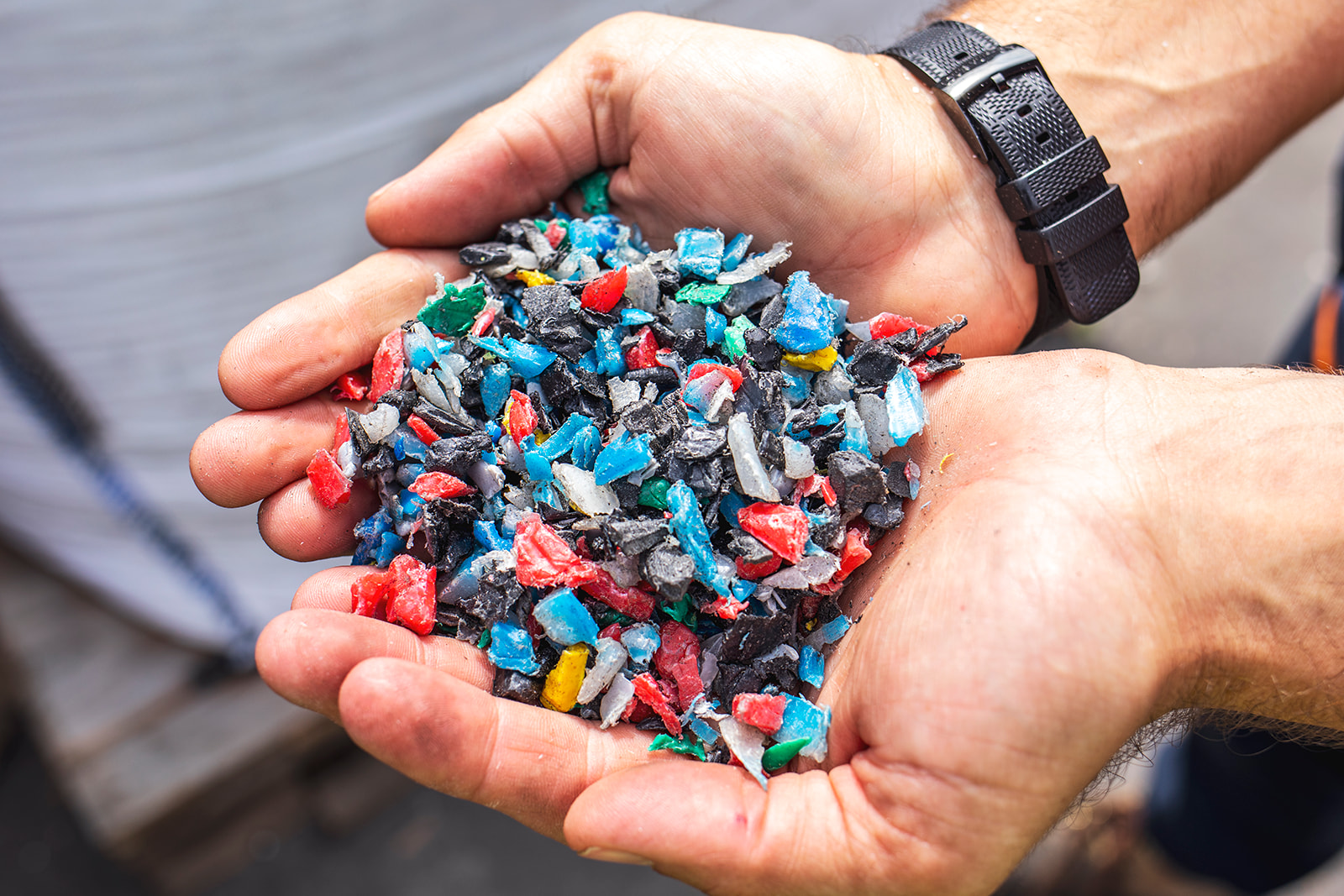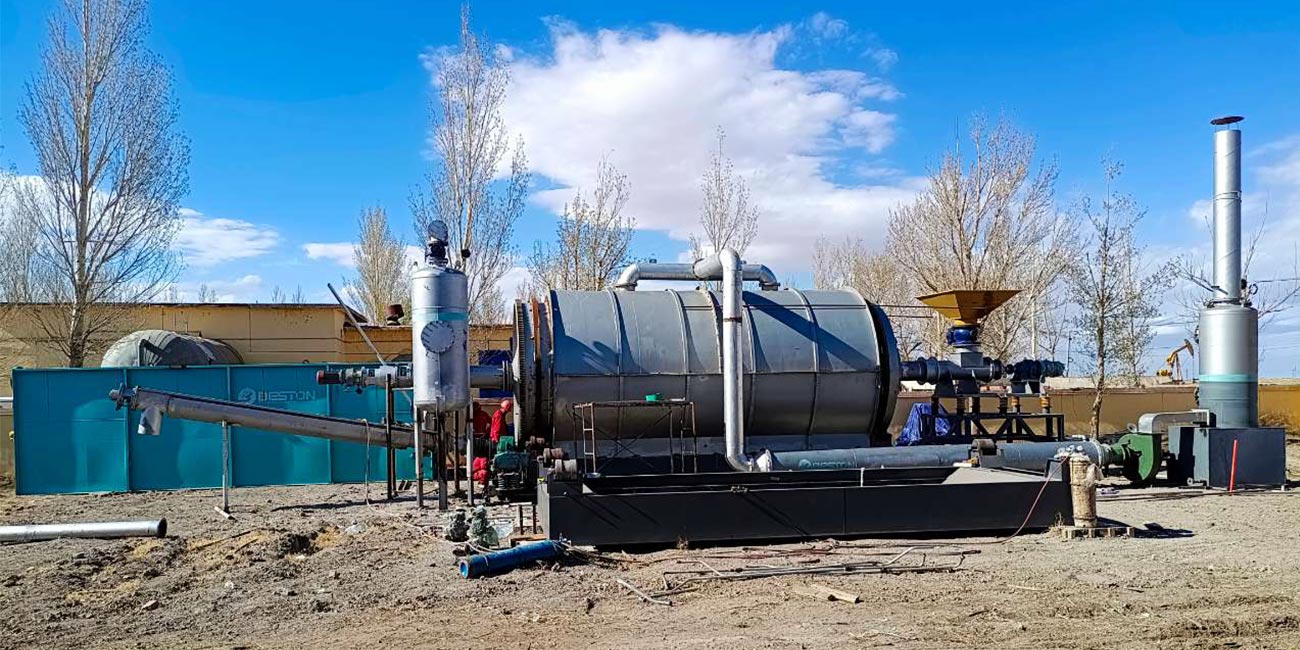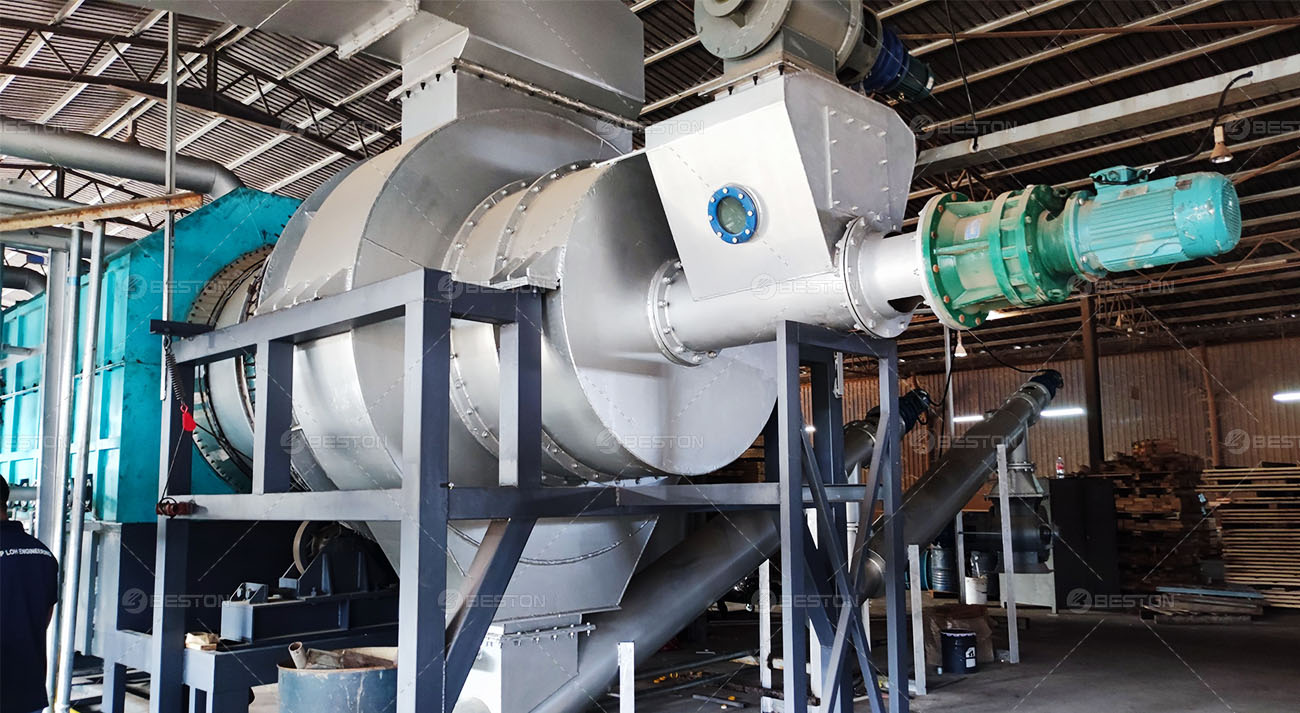The economic viability of a pyrolysis facility hinges on a balanced integration of technology, feedstock availability, product marketability, and operational efficiency. When assessed comprehensively, a well-engineered system can yield substantial financial returns while addressing waste management and energy recovery objectives.
Capital Investment and Operational Costs
Initial capital expenditure encompasses equipment acquisition, site preparation, installation, and auxiliary systems. A fully automatic pyrolysis plant generally commands a higher upfront cost due to its advanced automation, continuous feed capabilities, and integrated emission controls. However, these features reduce labor requirements, optimize throughput, and lower long-term operational expenses. Evaluating the pyrolysis machine cost should account for these lifecycle savings rather than focusing solely on purchase price.

Feedstock Procurement and Supply Stability
Sustained profitability depends on a secure and cost-effective feedstock stream. Common inputs include end-of-life tires, waste plastics, and biomass residues. Low or negative-cost waste, such as materials sourced from municipal waste streams, significantly improves return on investment. Proximity to feedstock sources also minimizes transportation expenses, further enhancing operational margins. These are the key factors that influence the pyrolysis machine cost.

Product Output and Revenue Streams
The core economic driver lies in the sale of pyrolysis-derived products. Liquid fuel oil, recovered carbon black, combustible syngas, and steel wire (from tire processing) all hold commercial value. Markets for these outputs range from industrial heating and power generation to raw material supply for chemical manufacturing. By aligning output specifications with high-value market segments, operators can maximize revenue per ton of processed material.
Energy Efficiency and Byproduct Utilization
Advanced designs from manufacturers such as Beston Group Co., Ltd. incorporate syngas recirculation, using process-generated gas as a heat source to reduce external fuel purchases. This closed-loop thermal system minimizes operating costs and enhances energy efficiency. Additionally, monetizing byproducts—such as processing recovered carbon black into market-ready fillers—adds secondary income streams without significant capital upgrades.
Regulatory Incentives and Market Positioning
Government policies supporting renewable energy, waste reduction, and carbon emission mitigation often translate into tax incentives, subsidies, or carbon credit eligibility. Deploying equipment from established suppliers, such as Beston pyrolysis systems, can strengthen compliance with environmental standards and improve investor confidence. Strategic market positioning also allows operators to secure long-term supply contracts and favorable pricing agreements.
Return on Investment Outlook
A well-optimized plant with reliable feedstock supply, efficient process integration, and diversified product markets can achieve a payback period within three to five years. This projection improves when operational downtime is minimized through preventive maintenance and automation. Scalability further enhances economic feasibility, as expanding capacity often benefits from economies of scale without proportionally increasing fixed costs.
Conclusion
In conclusion, the economic feasibility of a pyrolysis operation depends on more than equipment price. Factoring in feedstock logistics, market demand for outputs, energy efficiency, and regulatory advantages reveals a strong potential for profitability. With robust engineering and reliable sourcing, a fully automatic pyrolysis plant can operate as both a sustainable waste management solution and a revenue-generating industrial asset.

